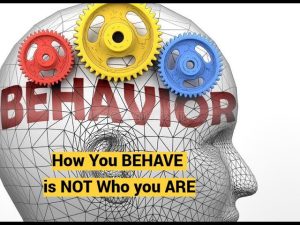Back to Our Future: Neo-Feudalism is End of Enlightenment (Starts 01:27)
1. Setting and Introduction
- The speaker is in Paris preparing for a lecture on identification with the aggressor, referencing themes of emulating and internalizing values and beliefs of abusers [00:00].
- Mentions sharing videos of Paris by night and morning [00:20].
2. Threats to Humanity
- Discusses what constitutes real existential threats, highlighting gender estrangement and the “gender wars” as major threats, potentially more so than climate change, which he believes humans will adapt to [00:30].
- Views authoritarianism and reversion to conservative traditionalist views as less significant threats than these societal and gender conflicts [00:38].
3. Metaphor of Two Mob Families: Enlightenment vs. Feudalism
- Introduces the analogy of two mafia families: the Enlightenment clan and the Feudalism clan [01:10].
- The Enlightenment dates back to the 17th century and has three main ‘children’: science, liberal democracy, and bureaucracy [01:20].
- Science is described as a philosophy and method aimed at approximating truth but also responsible for destructive technologies [02:05].
- Liberal democracy is described as a system giving the common people a voice but ultimately serving intellectual elites [02:50].
- Bureaucracy, as per Weber’s description, is impersonal and inexorable, used by elites for control rather than support [03:20].
4. Failures of Enlightenment
- Science, democracy, and bureaucracy have all failed their intended roles, with science becoming elitist and disconnected from the public [04:00].
- Liberal democracy has bred conflict between elites and masses, with bureaucracy weaponized against the masses [04:40].
- Overall, enlightenment ideas are now distrusted and opposed by the people they were supposed to benefit [05:20].
5. Feudalism as an Opposing Model
- Feudalism is characterized as an ancient, tested model comprising theocracy and oligarchy, with a hierarchical social order reflecting religious structures [06:00].
- The oligarchs are described as super-rich controlling resources, maintaining inequality enforced by legal systems favoring elites [06:40].
- Religion is making a political comeback as part of feudalism, reinforcing control and meaning in life [07:00].
- Renaissance totalitarianism is part of feudalism, embodying cults of personality and elitism [07:20].
6. Clash Between Enlightenment and Feudalism
- The two worldviews are in conflict: Enlightenment with its ideals of science, liberal democracy, and bureaucracy versus feudalism with its theocracy, oligarchy, and totalitarian Renaissance traits [08:00].
- The enlightenment model is failing to communicate or connect with the masses, who perceive it as elitist and contemptuous [08:50].
- People are rejecting enlightenment values, turning towards authoritarianism and feudalistic governance [09:20].
7. Current Historical Process and Outlook
- The regression to neofeudalism is underway, seen as a nihilistic period where old institutions and values are destroyed to make way for new order [09:50].
- The vision for the future is a modernized version of the Middle Ages, combining feudalism with totalitarian leadership and oligarchy [10:40].
- Historical precedents include 20th-century totalitarian regimes like Hitler, Mussolini, and Stalin [11:10].
- Attempts to reconcile enlightenment and totalitarianism (e.g., communism) have failed, necessitating a choice between the two models [11:40].
- The speaker believes society has chosen feudalism and totalitarianism in the last 20 years and is moving toward neofeudalism [12:10].
8. Closing Remarks
- Ends with musical interlude and repetition of the word “Heat” without further elaboration [12:50 onward].
Note: Timestamp format [mm:ss] corresponds to the approximate timing in the transcript where the topics are addressed.






